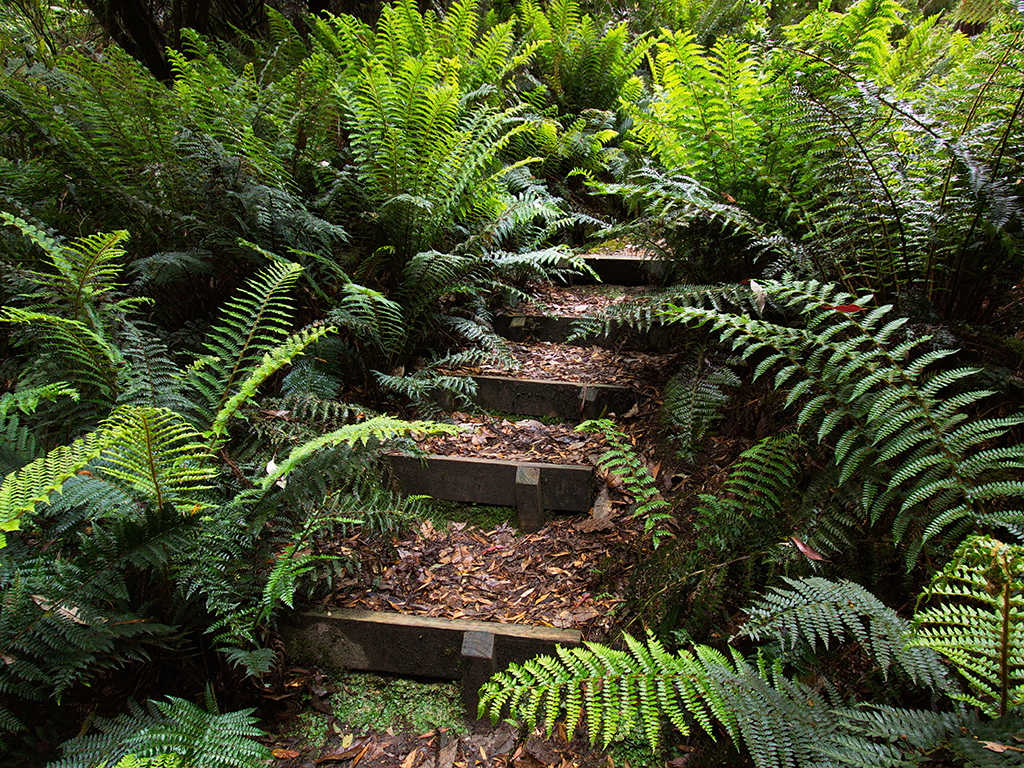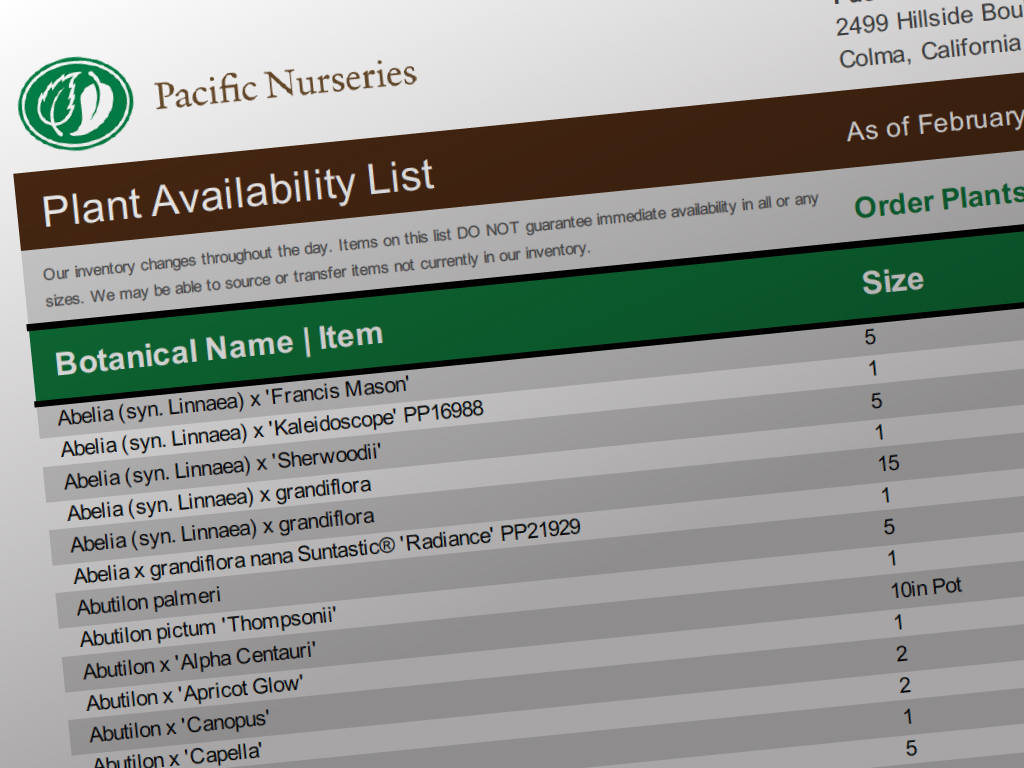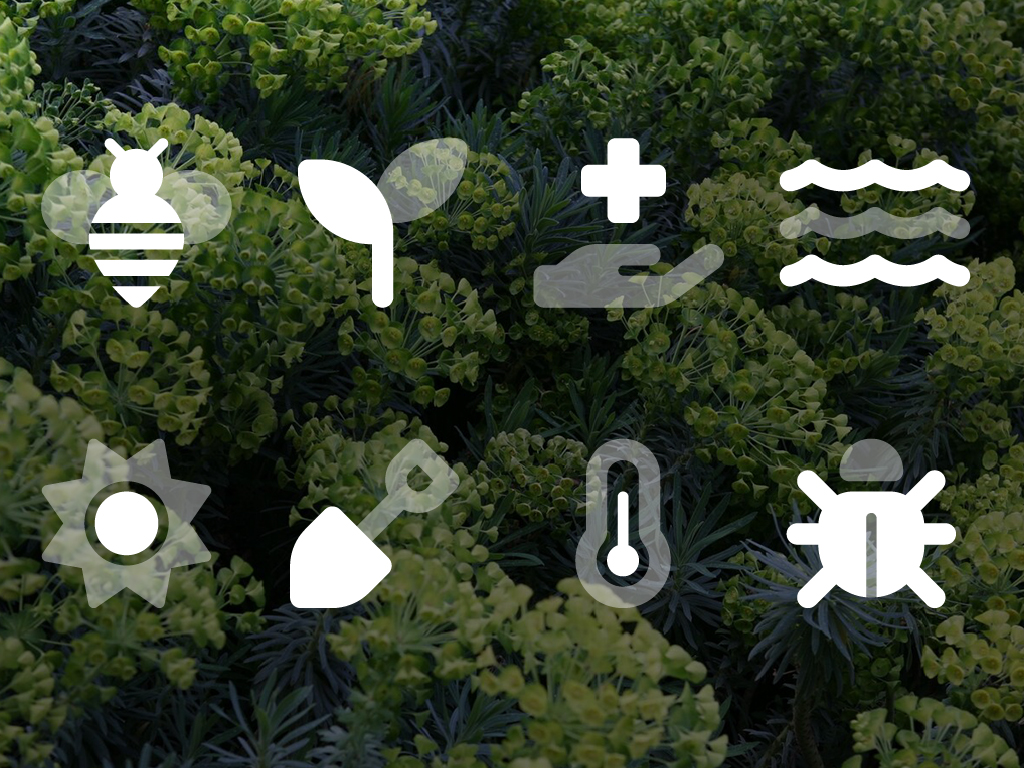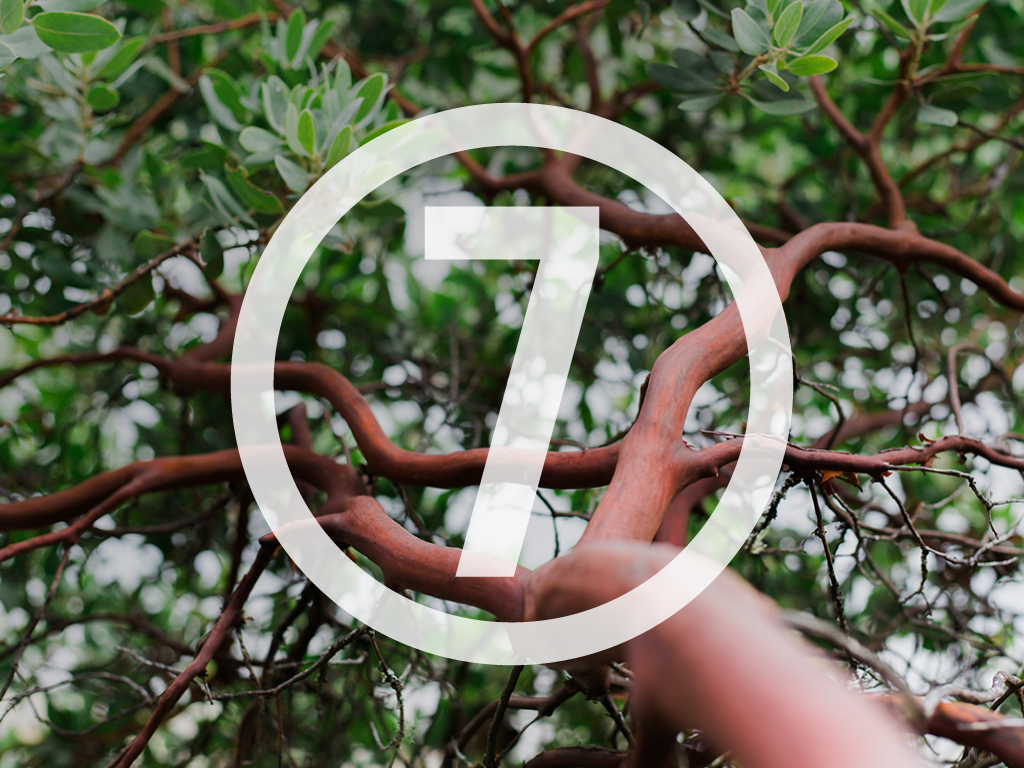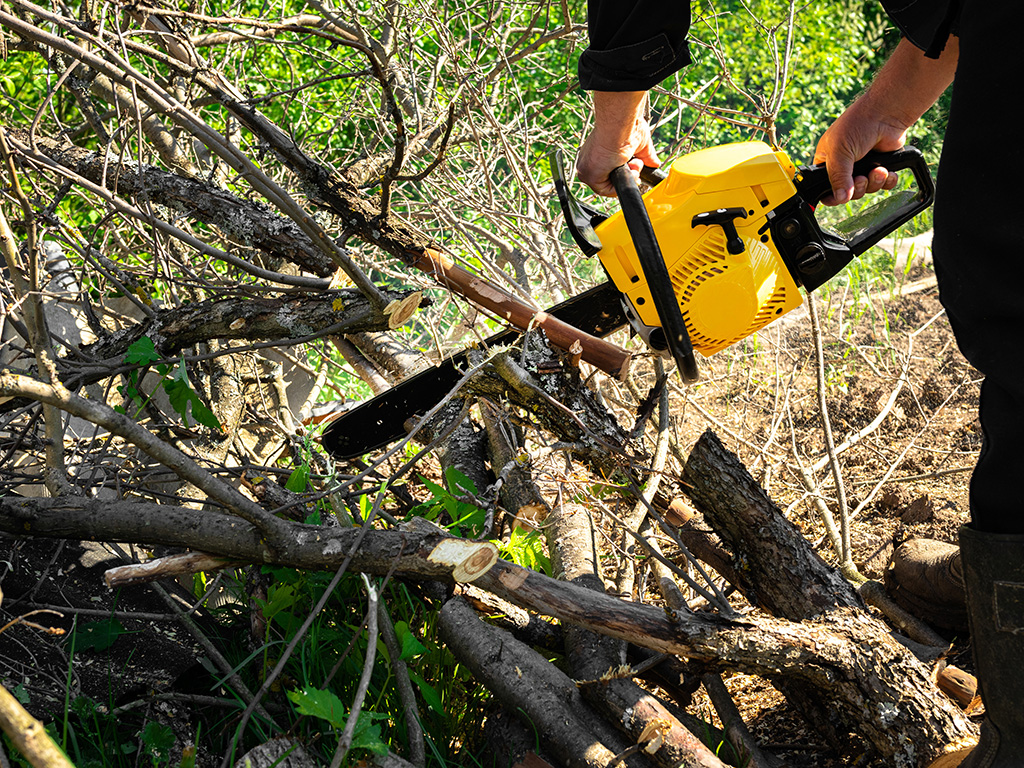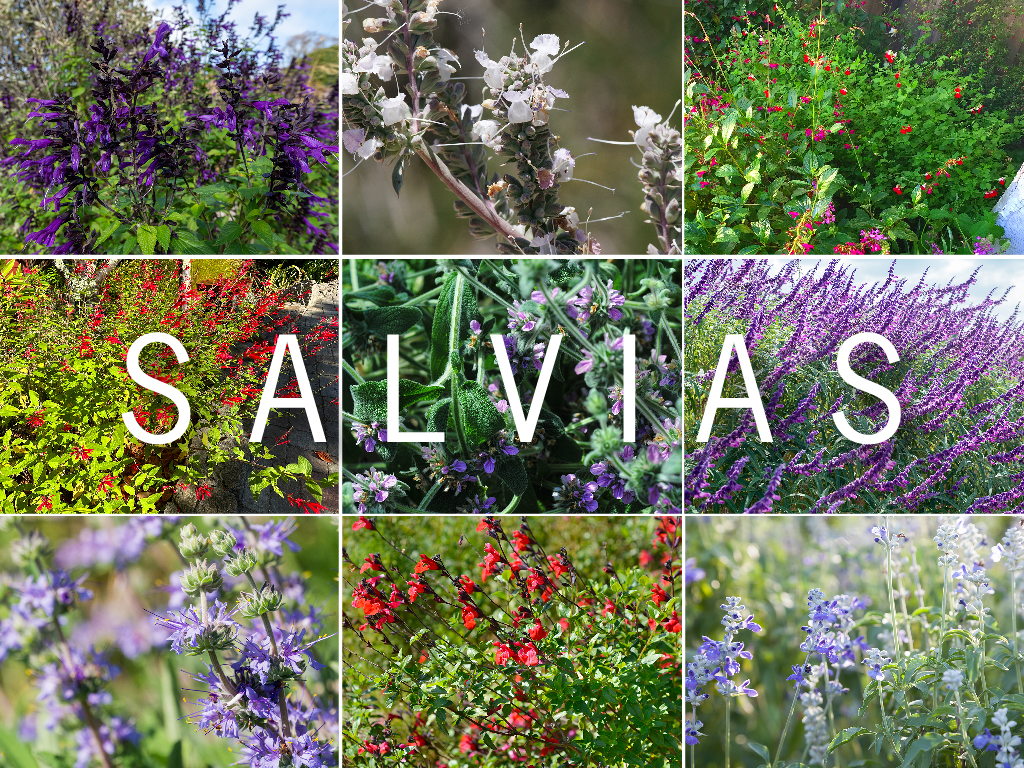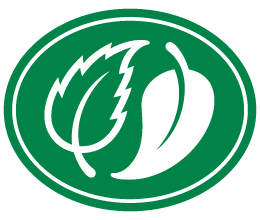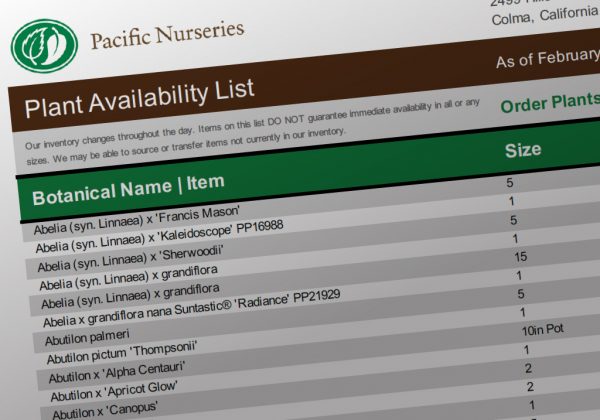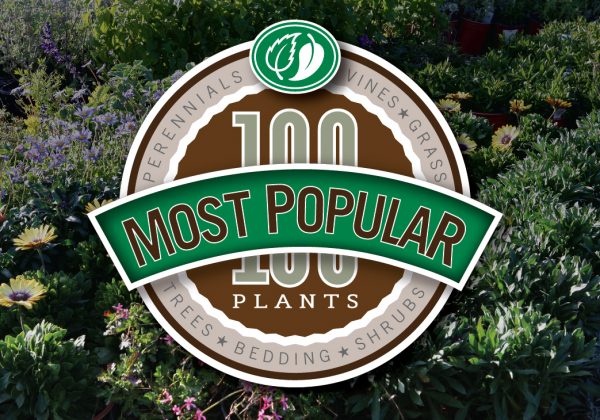If you’re looking for evergreen, easy-to-care-for plants that provide delicate textures and interesting structural forms, what could be better than ferns for cool Bay Area landscapes?
With so many varieties, sizes, and heights to choose from—including beautiful California natives—there are plenty of great options that are just right for your project.
With so many varieties, sizes, and heights to choose from—including beautiful California natives—there are plenty of great options that are just right for your project.
Ancient plants for modern Bay Area gardens
Ferns are prolific plants that populate nearly every ecosystem in the world.They are among Earth’s oldest plants and scientists have recorded the appearance of ferns over 300 million years ago. Today, they are the second most diverse group of vascular plants on earth.
Here in the Bay Area, the California Native Plant Society recognizes 113 ferns that are native to our state. And best of all, many of these hardy plants are perfect for integrating into a wide variety of landscapes in our region.
How ferns differ from flowering plants
Ferns offer an evergreen appearance throughout the year along with strong textural contrast to trees and other shrubs or perennials.According to the US Forest Service | USFS, evergreen ferns do not have flowers or seeds. They reproduce by tiny spores called sori under the pinna (leaves) and can sometimes even reproduce vegetatively.
Botanically, ferns have been categorized with other spore-bearing vascular plants, often called “fern allies”. Recent genetic studies in fact reveal important and interconnected relationships among ferns and their allies in the landscape.
The cladogram below from the USFS shows these important plant relationships where ferns thrive.
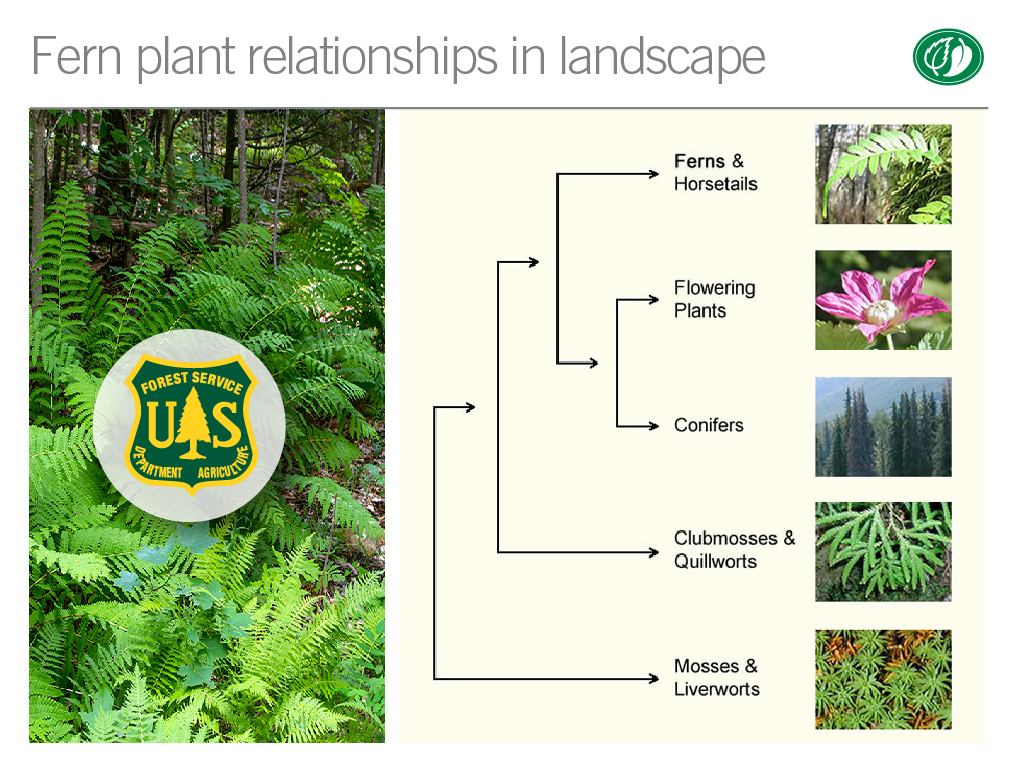
When growing together in the landscape, ferns and fern allies provide each other with important botanical requirements and nutrients that promote plant health and increase plant longevity.
Ferns do share a root, stem, and leaf structure similar to flowering plants. The graphic below breaks down the components of a fern and describes their function or purpose.
Ferns do share a root, stem, and leaf structure similar to flowering plants. The graphic below breaks down the components of a fern and describes their function or purpose.
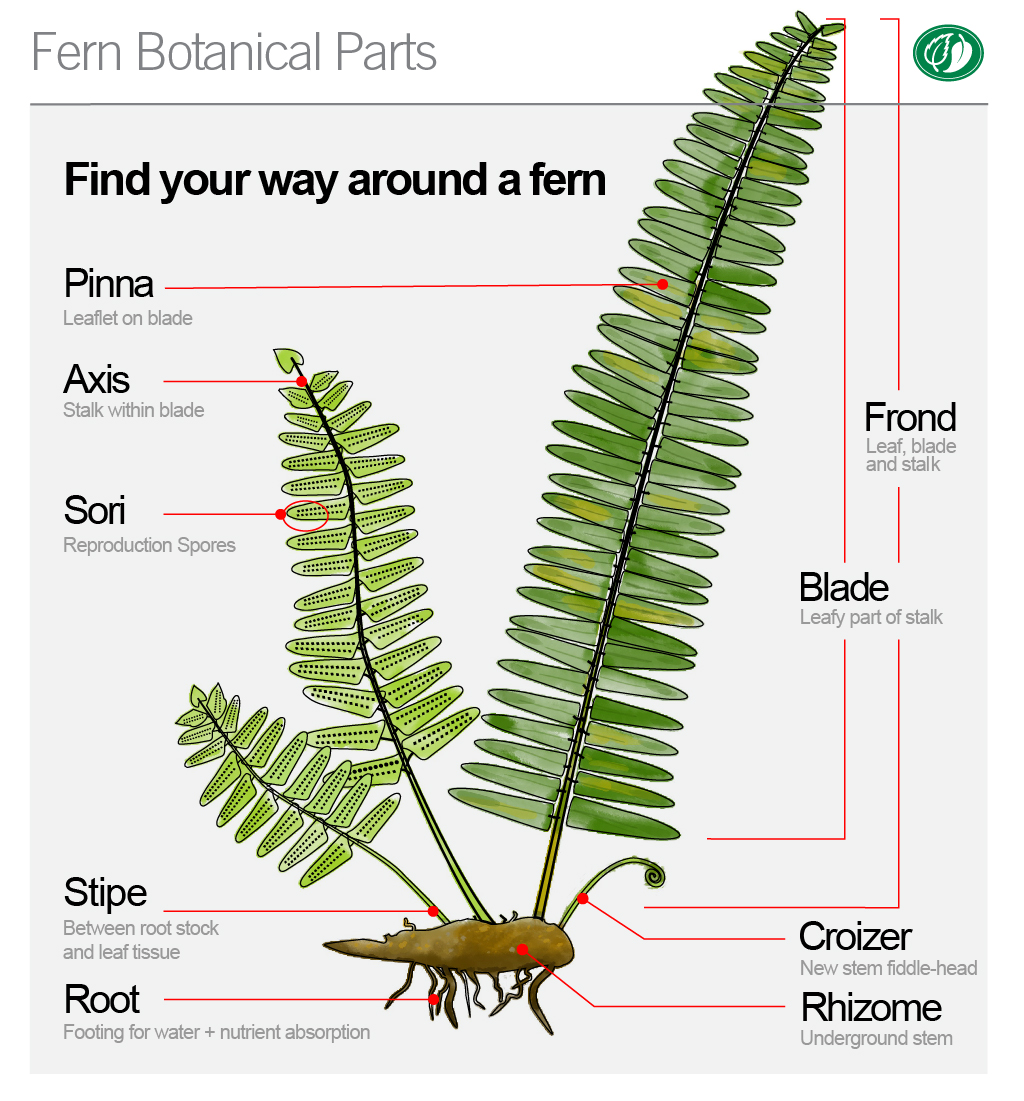
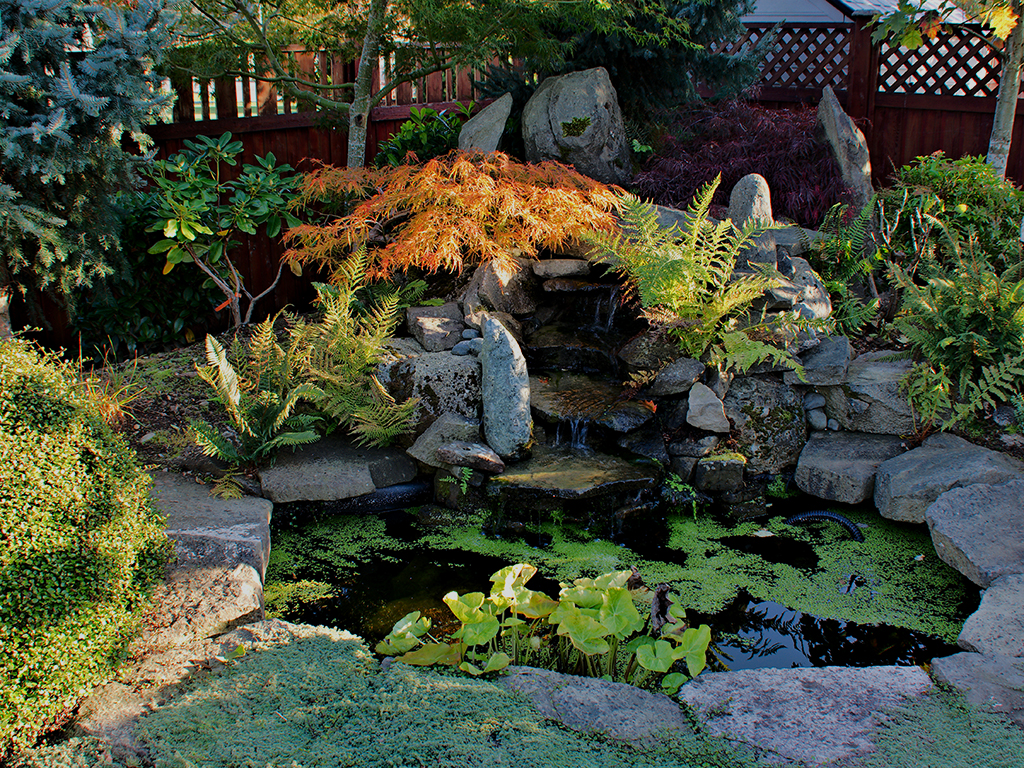
Year-round evergreen beauty in filtered light locations
Most ferns prefer open shade. But surprisingly, they don’t do well in very deep shade that never gets sunlight. They prefer dabbled shade with some filtered light that tree branches overhead often provide. They also do best in soil with high quantities of organic matter that’s moist and frequently watered.To maintain an attractive appearance for ferns, it’s best to trim off old, yellowing fronds which will promote new growth. And with the addition of a high-quality, slow-release fertilizer—like G&B Organics All Purpose 4-4-4 fertilizer—in the late winter, you can help ferns look lush and deep green throughout the growing season.
Check out these ferns for cool Bay Area landscapes
From very large to small, vertical or creeping, for partial sun or heavy shade, and from lacy to woolly, there are many fern varieties to complement and enhance just about any Bay Area landscape.Some of the talented Landscape Pros that work with us have helped us select a group of great fern options for cool Bay Area landscapes—including many California natives. Consider adding them to your project plant list.
Asparagus densiflorus ‘Myers’
Common name | Foxtail Fern

Asparagus densiflorus ‘Myers’, also known as a Foxtail Fern, is an evergreen perennial that grows to 2′ tall by about 4′ wide. It is related to the vegetable asparagus and features light green needle-like leaves along upright and sometimes curving stems. This popular fern is a great option for planting in mass because arching stems radiate out from the center of the plant and can reach 2-3′ in length. The result is a display of twisting and reaching stems that create visual interest and unusual form. Tiny white flowers appear inside the leaves in mid-summer followed by green berries that ripen decoratively to red by fall. This relatively drought-tolerant fern prefers light shade. It will also do well in just about any type of soil with moderate to occasional water.
Asplenium bulbiferum
Common name | Mother Fern, Hen + Chick Fern

Asplenium bulbiferum is a fern species native to New Zealand. It grows 24-36″ high and about as wide. It thrives in many locations including areas with deep shade to partial sunlight. And its fronds can also be eaten. It supplements reproduction beyond propagation by spores by growing small bulbils on top of its fronds which fall off to develop new ferns in moist soil below. For easy-care, low maintenance, evergreen plant that works well in borders and woodland settings, this is a great fern to consider.
Cyathea cooperi
Common name | Lacy Tree Fern, Australian Tree Fern
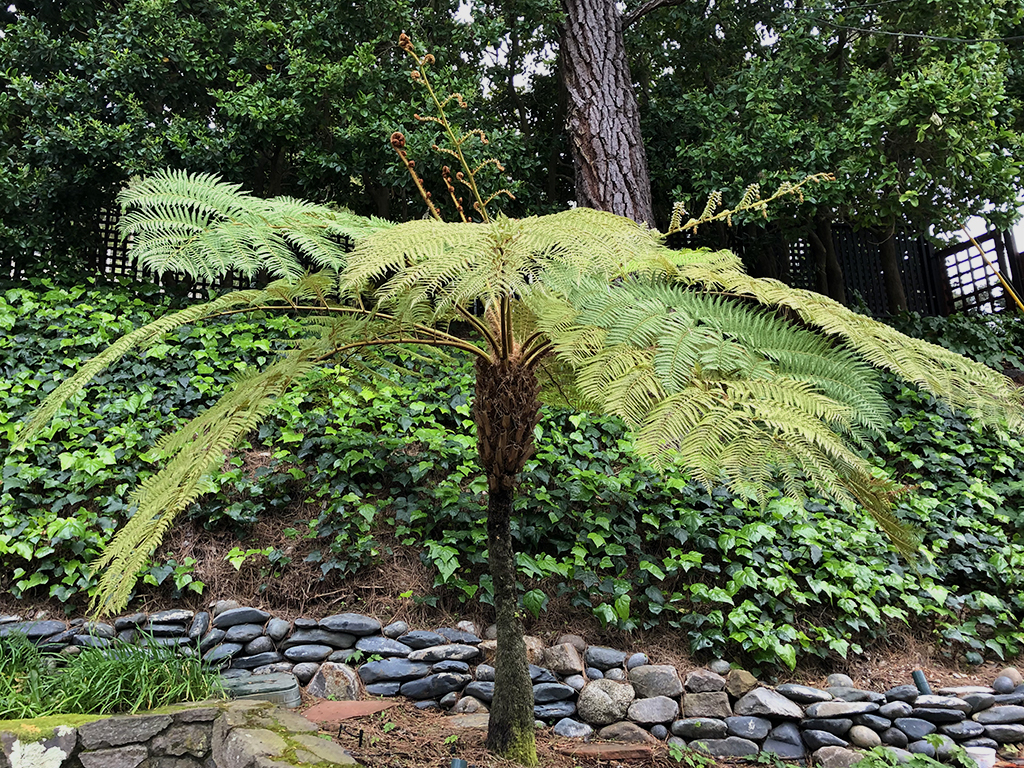
Cyathea cooperi, also known as Sphaeropteris cooperi, is very common, widely used, and fast-growing tree fern that can reach 49′ in height. It features a beautiful crown that spreads widely from the center and fronds can reach 13–20′ wide. New fronds, called crosiers, unfurl from the trunk center with long, straw-colored scales. It’s a hardy fern that’s easy to grow and prefers protected, shady, and moist conditions with some sun. In too much sun, it may not perform that well.
Cyrtomium falcatum
Common name | Japanese Holly Fern
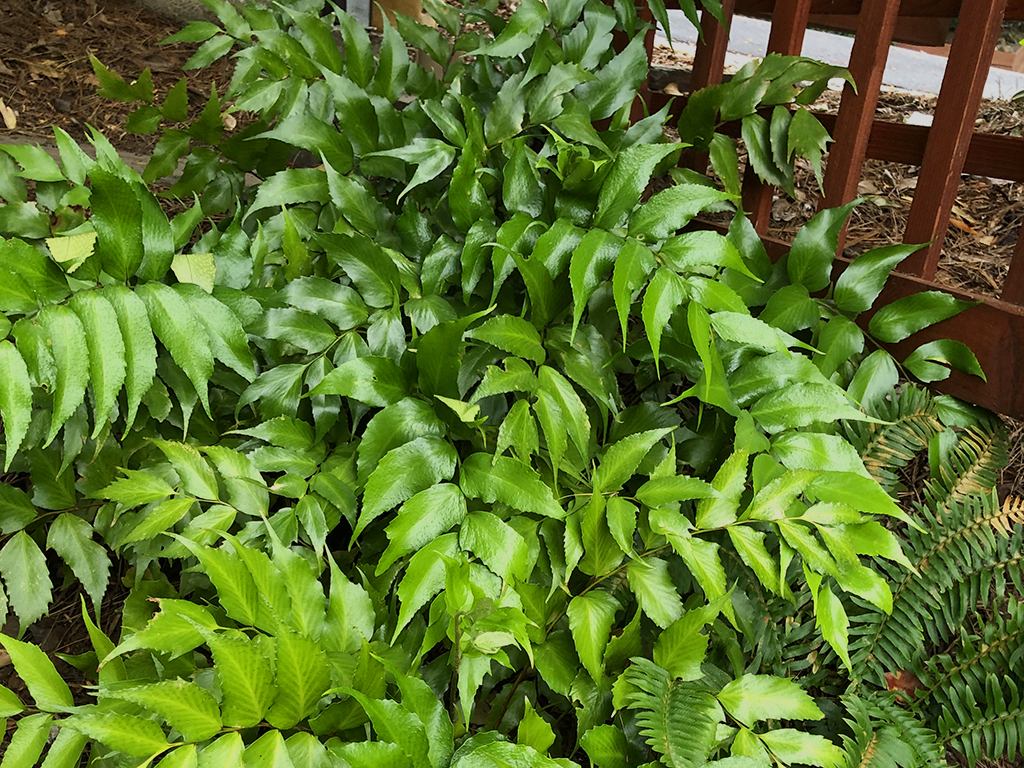
The very distinctive leaves of Cyrtomium falcatum often resemble a holly shrub. As a low-growing, evergreen here in the Bay Area, it’s hardy and easy to care for. It performs best in moist soil with lots of organic matter in shaded locations. It’s also deer resistant and even has some tolerance to salt air for installations near the coast. This attractive fern requires no pruning and looks great when massed or installed in rock gardens. It’s an excellent choice if you’re looking for a fern with a very unique character and appearance.
Dicksonia antarctica
Common name | Soft Tree Fern
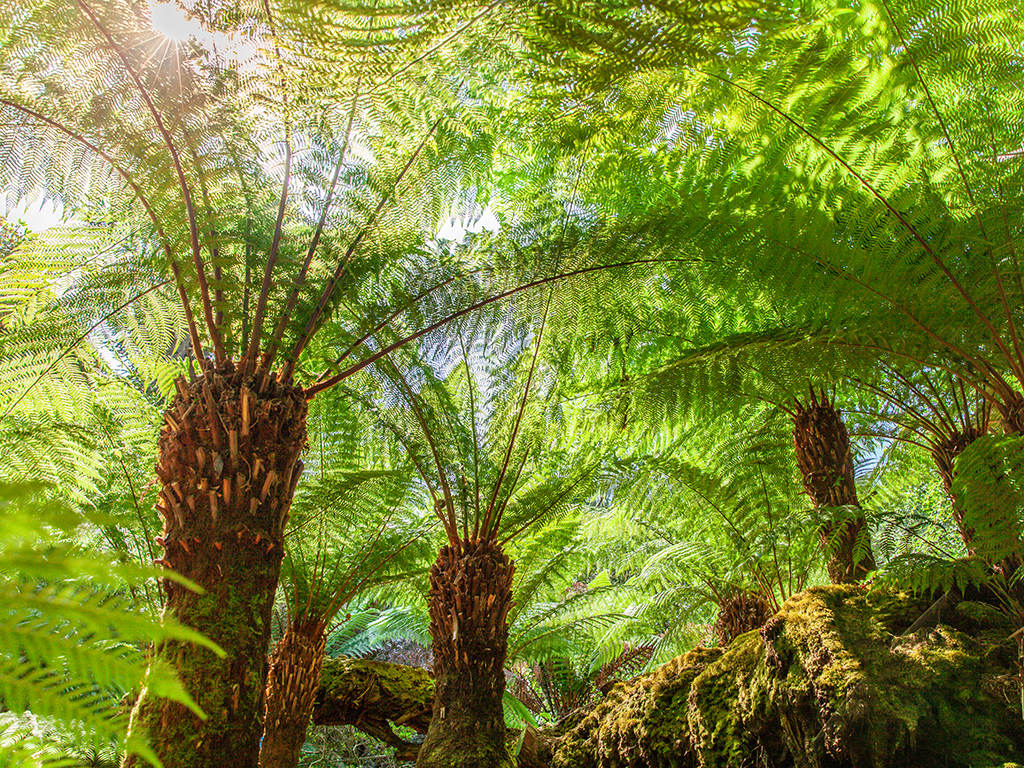
Dicksonia antarctica is a large, evergreen tree fern native to eastern Australia. With a dramatic vase form, they typically grow to 15–16′ in height. They feature a thick single trunk that is covered in decaying remains of earlier plant growth which forms the medium through which roots grow. The stipe or frond area that joins the trunk is coarse up to the crown. Large, dark green, roughly-textured fronds spread out from the trunk center to form a canopy of fronds that can be 6-7′ long. It grows slowly and can produce reproductive spores for about 20 years. If you’re looking for a handsome tree fern with a pronounced form that commands attention in a Bay Area garden, this is a great candidate.
Dryopteris erythrosora
Common name | Autumn Fern
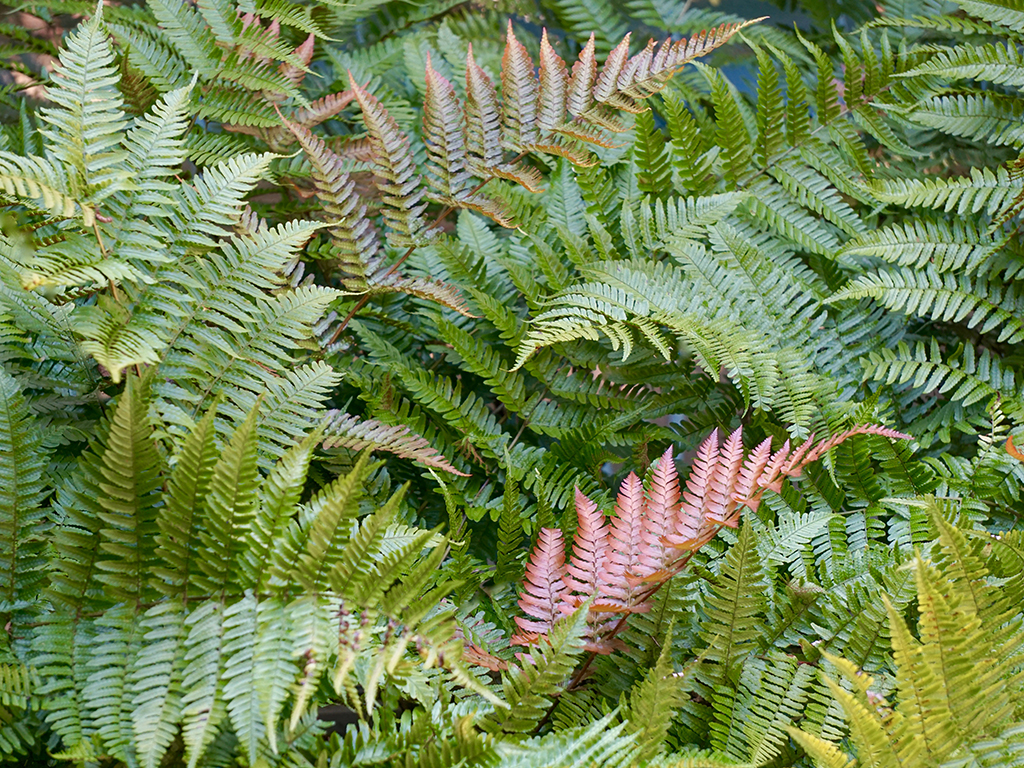
Dryopteris erythrosora is a finely divided, dark green, and semi-deciduous fern with a delicate appearance. When used as a groundcover, it’s very hardy, spreads slowly, and requires very little care. New fronds appear reddish when young and it prefers shady locations with loamy soil. It also tolerates clay soil but does poorly with salty air conditions. Growing to 18″ high with a spread up to about 24″, Dryopteris erythrosora is truly a no-maintenance plant that can complement the shady areas of your project.
Pellaea rotundifolia
Common name | Button Fern

A native evergreen fern to New Zealand, Pellaea rotundifolia features cascading, leathery, button-shaped pinnae or leaflets that grow up to 12″ high and arch out to +/- 12″ wide. Unlike many ferns, it prefers to dry out between applications of water and can do well in clay soil conditions. It requires little maintenance and is very easy to grow in filtered light locations.
“For cool Bay Area landscapes, I often guide my customers to evergreen ferns—especially California natives. And because we stock so many different varieties and sizes, we usually have the quantity and size that they are looking for.”
Jenni Brummett | Pacific Nurseries
Jenni Brummett | Pacific Nurseries
Nephrolepis cordifolia ‘Duffii’
Common name | Lemon Button Fern
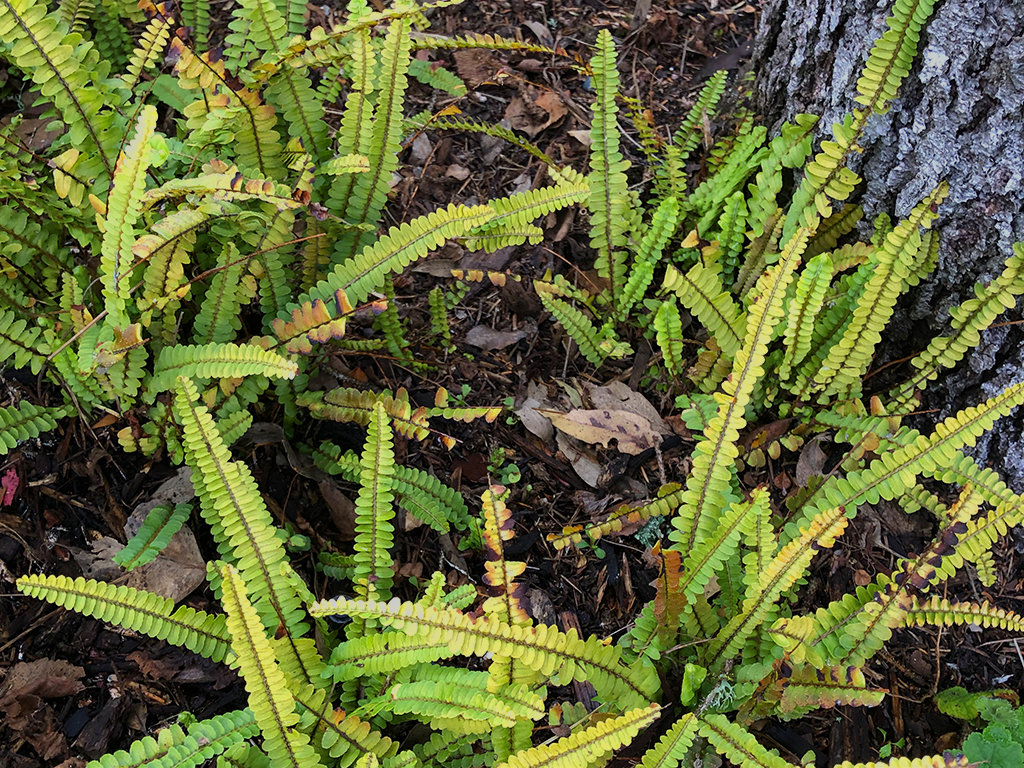
Nephrolepis cordifolia ‘Duffii’ are a small variety of the popular Boston fern. Usually growing no larger than 1′ tall, Lemon Button Ferns feature tiny golden-green button-like leaflets on arching stems. These compact ferns prefer a shady location with filtered light that’s free from frost. In optimal soil and light conditions, they can multiply freely. They are an excellent choice for mass planting and use in woodland gardens as ground cover. They can also be used as indoor houseplants.
Platycerium bifurcatum
Common name | Staghorn Fern
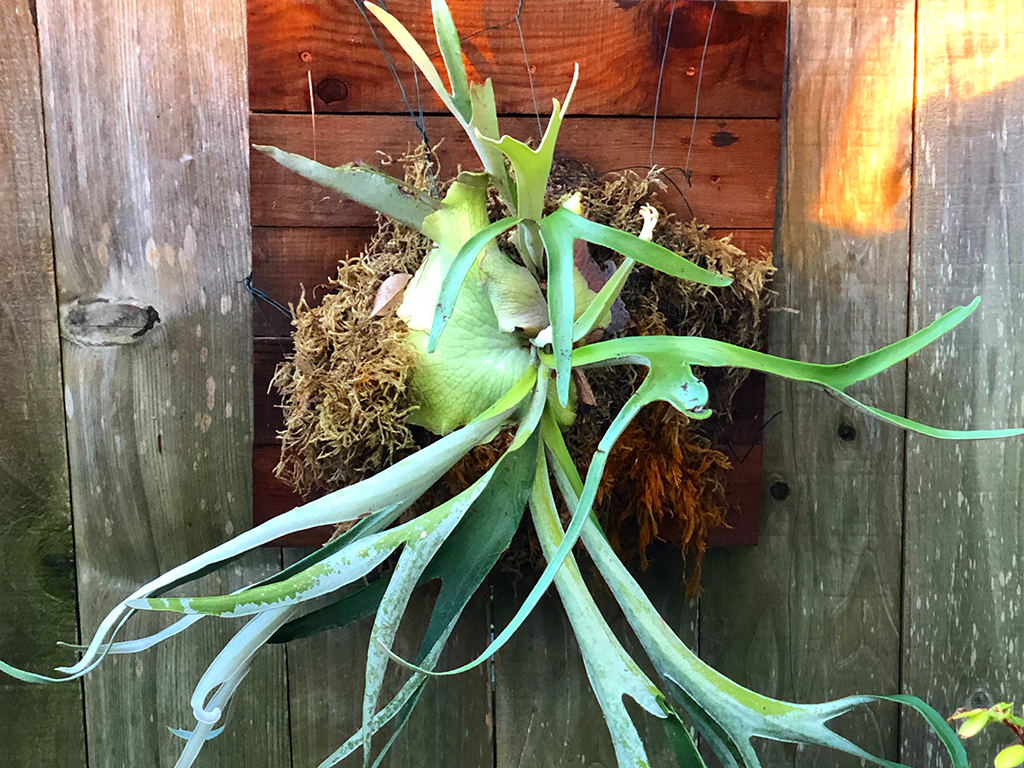
Platycerium bifurcatumis a species of unusual fern native to Java, New Guinea, and Australia. As a bracket epiphyte, this plant is often seen in and near rainforests. They usually grow on other plants or trees and not in the ground. As a result, mature Staghorn Ferns need to be hung on a vertical wall to preform the best. Growing to 35″ tall by 31″ wide, these beauties feature, dramatic heart-shaped sterile fronds and arching grey-green fertile fronds which are forked and strap-shaped. These great-looking fronds grow up to 35″ long. Bifurcatum Platycerium requires well-draining soil that is moist but not overly wet. These ferns do not do well with direct sunlight and avoid planting them in locations with high wind. In many of the cool regions of the Bay Area, we have seen Platycerium bifurcatum perform very well. As a new specimen to our plant offerings, we are very enthusiastic about this recent addition.
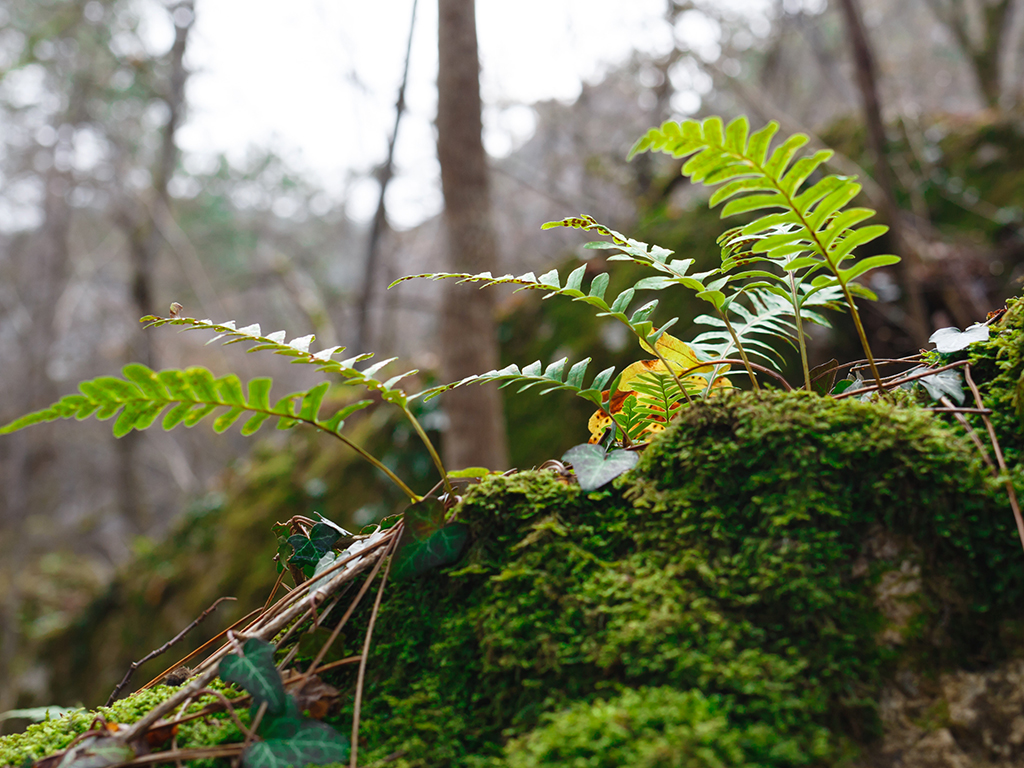
Polypodium scouleri is a native, evergreen fern that grows along the coast primarily in northern and central California. It’s often seen in the wild growing on trees or fallen logs. With larger pinnae or leaves, it spreads slowly by rhizomes. And as a low and slow-growing attractive fern for shaded areas, it can reach 6″ high and spread to +/-1′ wide. It prefers frequent water, is deer resistant, and is easy to care for. This is a more unusual fern that can make a great California native addition to a Bay Area garden.
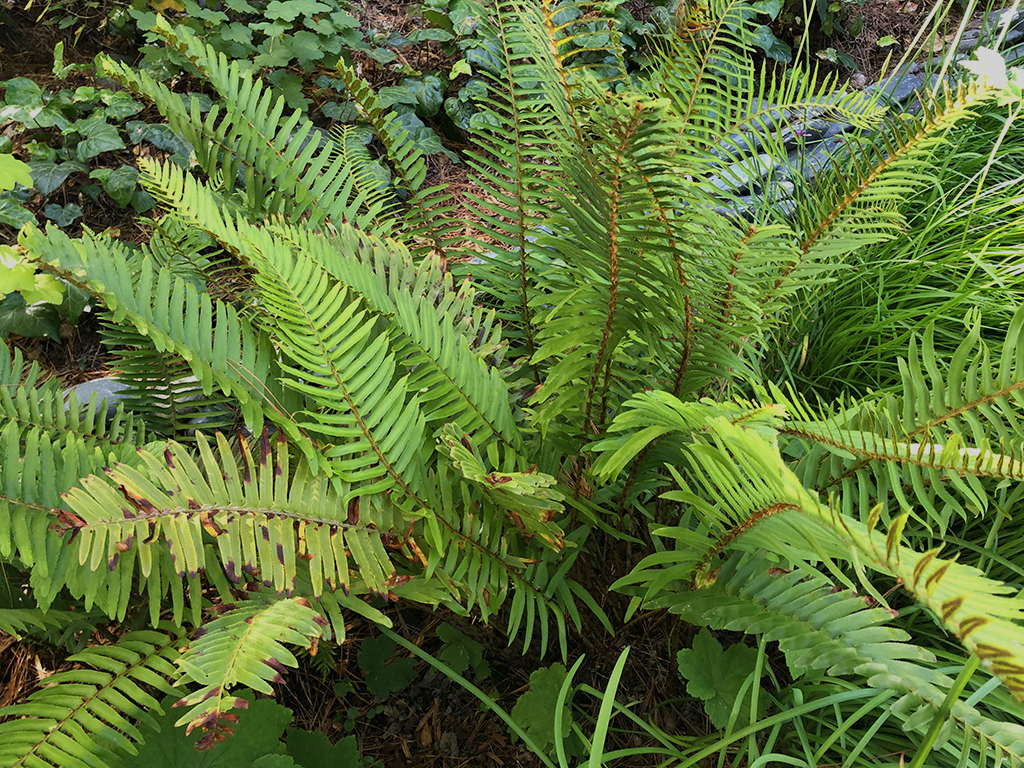
Polystichum munitum is one of the most abundant ferns occurring along the Pacific coast and in the Bay Area. The dark green fronds of this easy-to-grow fern can reach 6′ tall in a tight clump spreading out radially from a round base. Individual fronds live for 1.5-2.5 years and remain attached to the rhizome after withering. This handsome fern prefers full shade to partial sun and is very tolerant of clay or slow-draining soil. Once established, they can require infrequent watering but prefer some regular moisture to perform well. If you’re looking for easy-care ferns for cool Bay Area landscapes, this is one of the best.
“Polystichum munitum is one of my favorites ferns to add to a shade garden. It adds beautiful green color and texture and as a bonus, it’s a native California fern.”
Tina Roushall | Tina Roushall Gardens
Tina Roushall | Tina Roushall Gardens
Polystichum polyblepharum
Common name | Japanese Lace, Tassel Fern
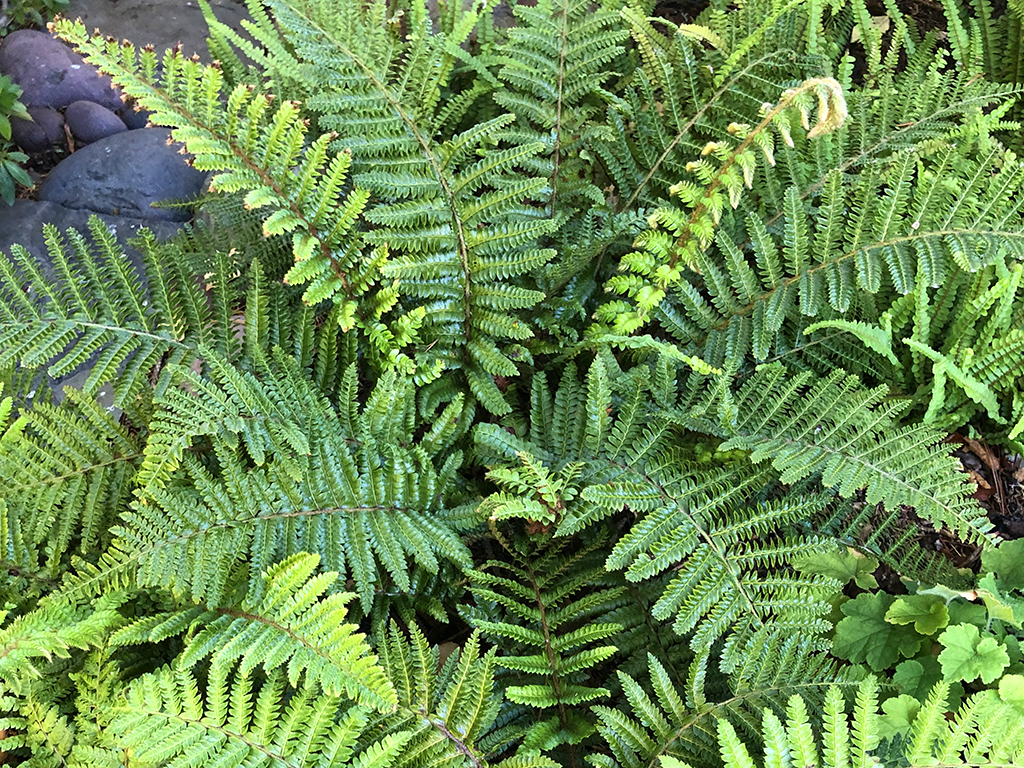
Polystichum polyblepharum is an evergreen, native fern to Japan and South Korea. With delicate, finely-cut, shiny pinnae on fronds that reach 2-3′ high and 2-3′ wide, this handsome fern can add elegance and a refined finish to just about any Bay Area shady garden. This fern has moderate water needs once established and it prefers well-drained soil. The lacy, dense foliage forms arching mounds that are deer resistant and easy to care for year-round. This is one of our favorite ferns that just looks fabulous in beds, borders, and containers.
Rumohra adiantiformis
Common name | Leather Leaf Fern
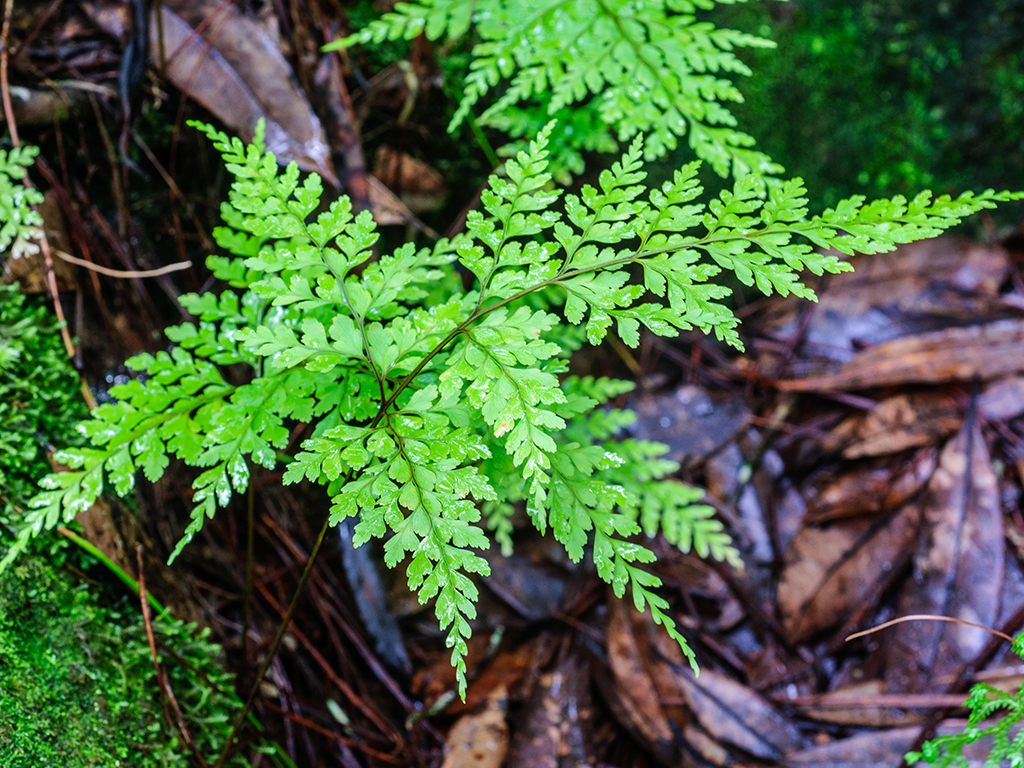
Rumohra adiantiformis is a bushy, clumping, and tufted evergreen plant with glossy dark green fronds. Growing to 35″ tall and spreading broadly, this fern features prominent scales on the stipes of the fronds and round sori reproductive clusters on the underside of the pinnae leaflets. This hardy fern resists wilting while preferring filtered sun and part shade. It has moderate water needs and fronds can be cut for additions to cut flower arrangements. It is a great candidate for ground cover application or as a textural screen to cover up the underside of other higher growing plants.
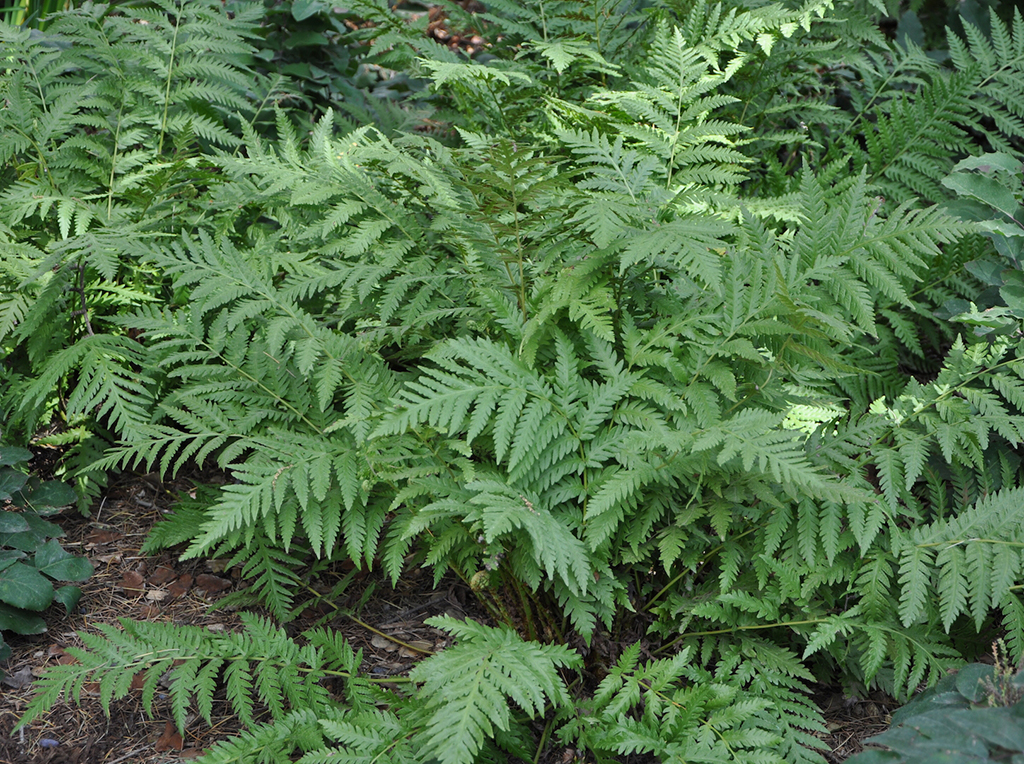
Woodwardia fimbriata is a large, coarse, terrestrial fern that’s native to California. It usually grows to 4′ tall and wide and can reach 7′ in the right lush setting. It usually develops multiple clumps of leaves with age and looks best when older dried-out leaves are removed. These dramatic ferns also do well with some sunlight, especially in the cooler coastal areas. They are hardy when the temperature drops in the winter and they appreciate well-drained soil and constant moisture. This semi-deciduous fern can be subject to pests or foliar nematodes that cause discoloration and inhibit growth. Woodwardia fimbriata can also be in high demand by landscape pros which often affects availability.
Interested in using ferns for cool Bay Area landscapes?
If you want to learn more about cool ferns for your project, just contact one of our experts online at Pacific Nurseries to check on the availability and container sizes that we produce. Or just give us a call at 650.755.2330. To learn what plants are available right now, check out our Plant Availability List. This list is updated weekly and includes all of the plants and sizes that you can pick up at our Colma Growing Grounds or schedule to have delivered to your job site. All of the featured ferns in the group above are typically available, but quantities can change quickly or be depleted due to market demand.
As both a grower and a plant broker, we’re ready to work with you to provide just the right ferns and California native plants that will make your project a success with your clients.
Just attach your Microsoft Excel .xlsx plant list to our online form to PLACE AN ORDER.
We can also provide an Estimate for one item or for an entire installation.
As Chief Executive Officer of Pacific Nurseries, Will Baldocchi focuses on operations management, sales, and how to improve the customer experience at Pacific Nurseries. He also continues a proud family tradition of helping Bay Area Landscape Professionals succeed with high-quality landscape material and great service. Email Will or give him a call at 650.755.2330.

